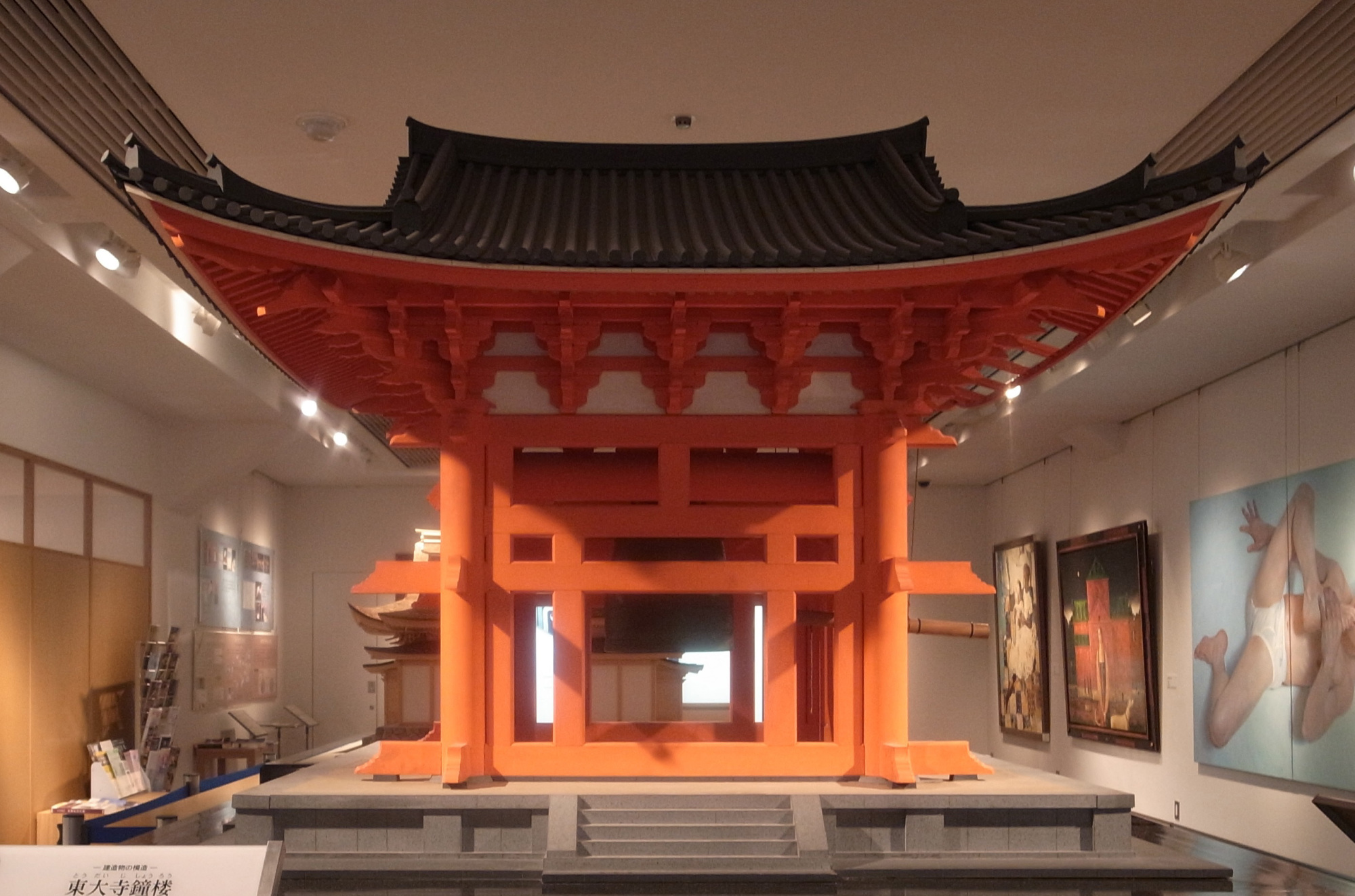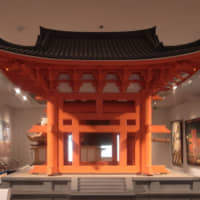November 2020 to February 2021 (tentative)
This exhibition features Japanese architecture, which has been developed using a wide range of natural materials such as timber, earth and stone.
Visitors can see and learn about Japan’s architectural history through some 50 models of leading masterpieces from the Asuka Period (538 to 710) to the present day. These one-tenth scale models, including works from Todaiji temple in Nara Prefecture covering the Kamakura Period (1185 to 1333) to those from the Kanchiin Guest Hall covering the Edo Period (1603 to 1868), were built by actual shrine and temple carpenters.
There are also structures from the 20th century such as the Main Building of Tokyo’s Imperial Hotel, which was designed by Frank Lloyd Wright and built in 1923. Explanations of wooden architecture techniques and the characteristics of various building styles will be offered during guided tours.
Visitors can also learn about the skills and techniques of traditional wooden architecture, nominated for the UNESCO Intangible Cultural Heritage list in 2018, through displays that explain recent efforts to train the next generation of craftspeople. Other displays focus on the enhancement of skills and procurement of raw materials specifically used for those traditional architectural buildings.
Venue: Tokyo National Museum, National Museum of Nature and Science, National Archives of Modern Architecture
URL: https://japanculturalexpo.bunka.go.jp/en/lineup/19/




